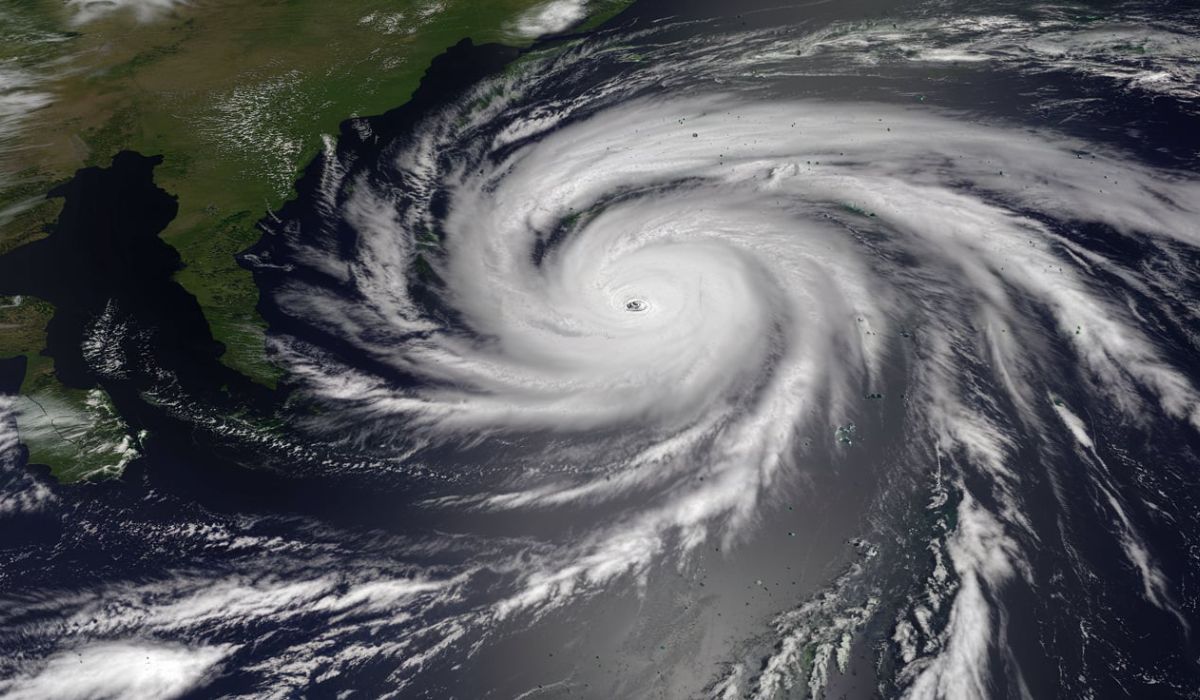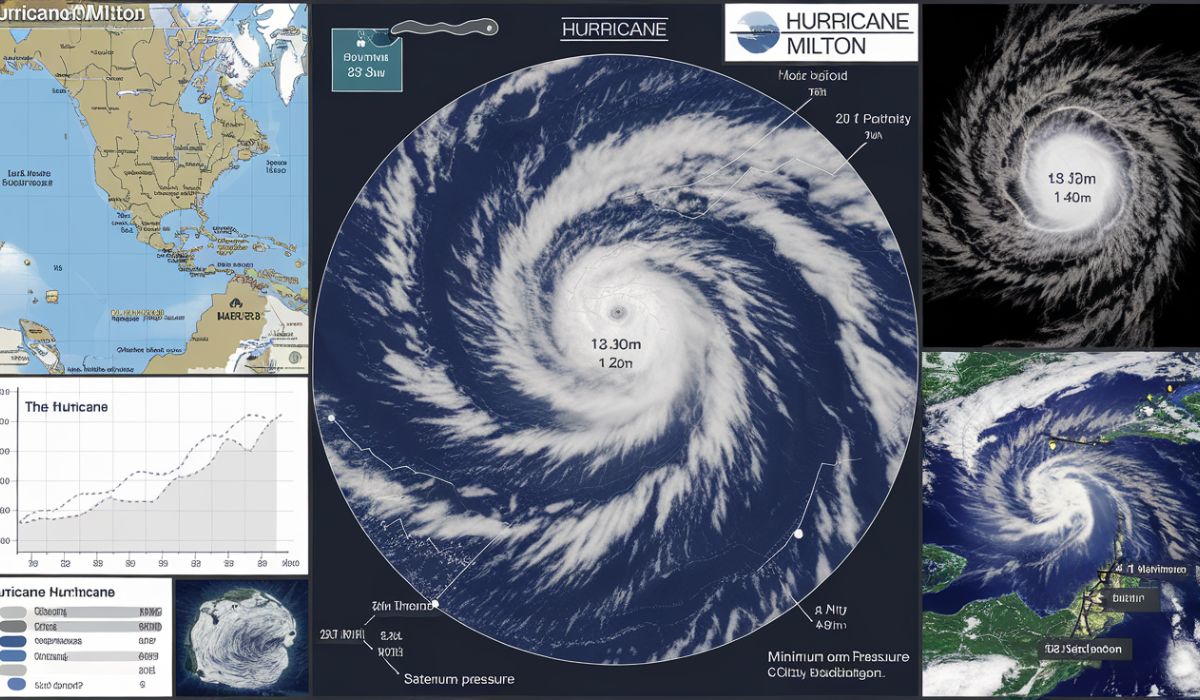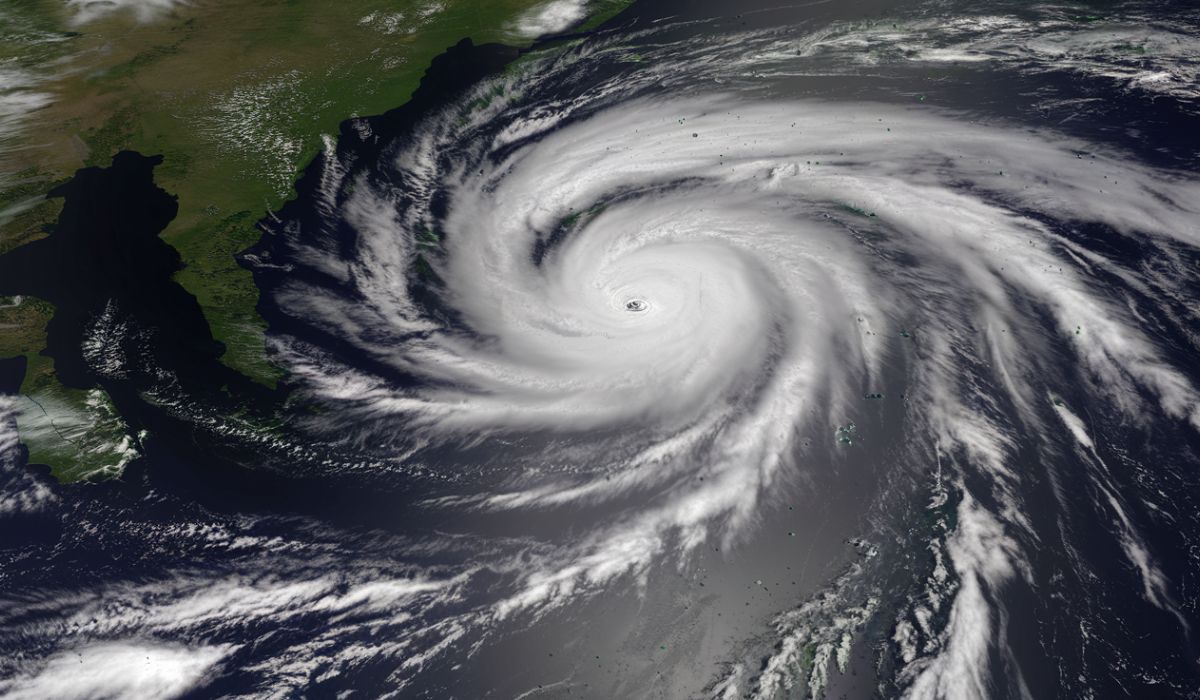In October 2024, Hurricane Milton emerged as one of the most formidable storms to strike the Atlantic coast in recent memory. Its rapid intensification and widespread devastation left an indelible mark on the communities it touched. Let’s delve into the journey of this powerful hurricane, its impact, and the lessons learned in its aftermath.
The Birth of Hurricane Milton

Every hurricane has an origin story, and Milton was no exception. In early October 2024, meteorologists began monitoring a tropical disturbance in the western Caribbean Sea. This disturbance gradually organized, and by October 5, it had intensified into a tropical storm, earning the name Milton. The warm waters of the Caribbean provided the perfect breeding ground, fueling its growth and setting the stage for what was to come.
Path and Intensification
Milton’s journey was both swift and alarming. Moving eastward across the Gulf of Mexico, it encountered ideal conditions for rapid intensification. Within a mere 24 hours, Milton escalated from a Category 1 hurricane to a Category 5, boasting winds exceeding 180 mph. Such explosive growth is akin to a pot of water suddenly boiling over, catching everyone off guard. This rapid intensification underscored the unpredictable nature of hurricanes and the challenges they present to forecasters.
Landfall and Immediate Impact

On October 9, 2024, Milton made landfall near Siesta Key, Florida, as a Category 3 hurricane. The immediate effects were catastrophic. Coastal towns faced storm surges nearly 12 feet high, inundating homes and infrastructure. Inland, the hurricane spawned numerous tornadoes, leaving a trail of destruction in areas previously considered safe from such phenomena. Residents who had weathered previous storms were taken aback by Milton’s ferocity, highlighting the storm’s unprecedented nature.
Agricultural Devastation
Florida’s rich agricultural landscape bore a significant brunt of Milton’s wrath. The hurricane’s timing couldn’t have been worse, striking during a critical harvesting period. The Florida Department of Agriculture and Consumer Services reported extensive damage to livestock, citrus groves, and vegetable farms. Estimates of the total losses ranged between $1.5 and $2.5 billion, a staggering figure that threatened the livelihoods of countless farmers and the state’s economy at large.
Human Stories Amidst the Storm
Behind the statistics lie personal tales of resilience and tragedy. In Wellington, the Moroy family experienced the terror of a tornado spawned by Milton, which destroyed their home and led to severe injuries. Meanwhile, in Port Charlotte, Kenzie Lewellen went into labor amidst the hurricane, giving birth to her son under harrowing conditions. These stories serve as poignant reminders of the human element inherent in natural disasters
Economic Toll

The financial implications of Hurricane Milton were profound. Preliminary estimates placed the damage at around $50 billion, encompassing destroyed homes, businesses, and infrastructure. This figure rivaled the combined devastation of three other major hurricanes—Helene, Debby, and Idalia—that had struck Florida in the preceding 13 months. The sheer scale of the destruction prompted calls for federal assistance and raised concerns about the state’s preparedness for future storms.
Government and Community Response
In the wake of the disaster, both governmental agencies and local communities mobilized swiftly. President Joe Biden declared a state of emergency, facilitating the flow of federal aid to the affected regions. Rescue teams worked tirelessly to locate survivors and provide essential services. Community members came together, offering shelter, food, and support to those displaced. This collective effort underscored the resilience and solidarity of the human spirit in times of crisis.
Environmental Consequences
Beyond the immediate human and economic impacts, Hurricane Milton also had significant environmental repercussions. The massive storm surges led to coastal erosion, while the heavy rainfall caused widespread flooding, altering local ecosystems. Additionally, the destruction of agricultural areas raised concerns about potential chemical runoff into waterways, posing risks to both wildlife and human health.
Lessons Learned and Future Preparedness
Hurricane Milton served as a stark reminder of the ever-present threat posed by natural disasters. It highlighted the need for improved forecasting methods, more robust infrastructure, and comprehensive emergency preparedness plans. Communities and policymakers alike recognized the importance of investing in resilience measures to mitigate the impact of future storms. The lessons gleaned from Milton’s devastation will undoubtedly inform strategies aimed at safeguarding lives and property in the years to come.
Conclusion
Hurricane Milton’s legacy is one of both destruction and resilience. While it wreaked havoc across Florida, it also showcased the strength and unity of communities in the face of adversity. As we reflect on the events of October 2024, it’s imperative to carry forward the lessons learned, ensuring that we are better prepared for whatever challenges the future may hold.
Frequently Asked Questions (FAQs)
1. What was the intensity of Hurricane Milton at its peak?
At its peak, Hurricane Milton was a Category 5 storm with sustained winds exceeding 180 mph, making it one of the most powerful hurricanes on record in the Atlantic.
2. How did Hurricane Milton compare to previous storms in terms of damage?
Milton caused an estimated $50 billion in damage, a figure comparable to the combined impact of Hurricanes Helene, Debby, and Idalia, which struck Florida in the preceding 13 months.
3. What were the primary areas affected by Hurricane Milton?
Milton primarily impacted Florida’s west coast, with significant damage in coastal towns like Siesta Key and inland areas such as Wellington and Port Charlotte.
4. How did the agricultural sector fare during Hurricane Milton?
Florida’s agriculture suffered extensive losses, with damages estimated between $1.5 and $2.5 billion, affecting livestock, citrus groves, and vegetable farms.
5. What measures have been taken to improve preparedness for future hurricanes?
In the aftermath of Milton, there has been a concerted effort to enhance forecasting accuracy, strengthen infrastructure, and develop comprehensive emergency response plans to better prepare for future storms.
For More Visit, rankshort
